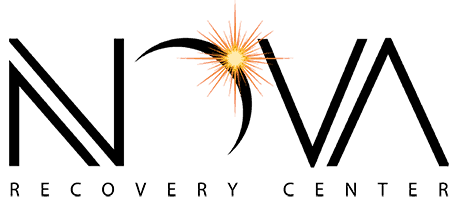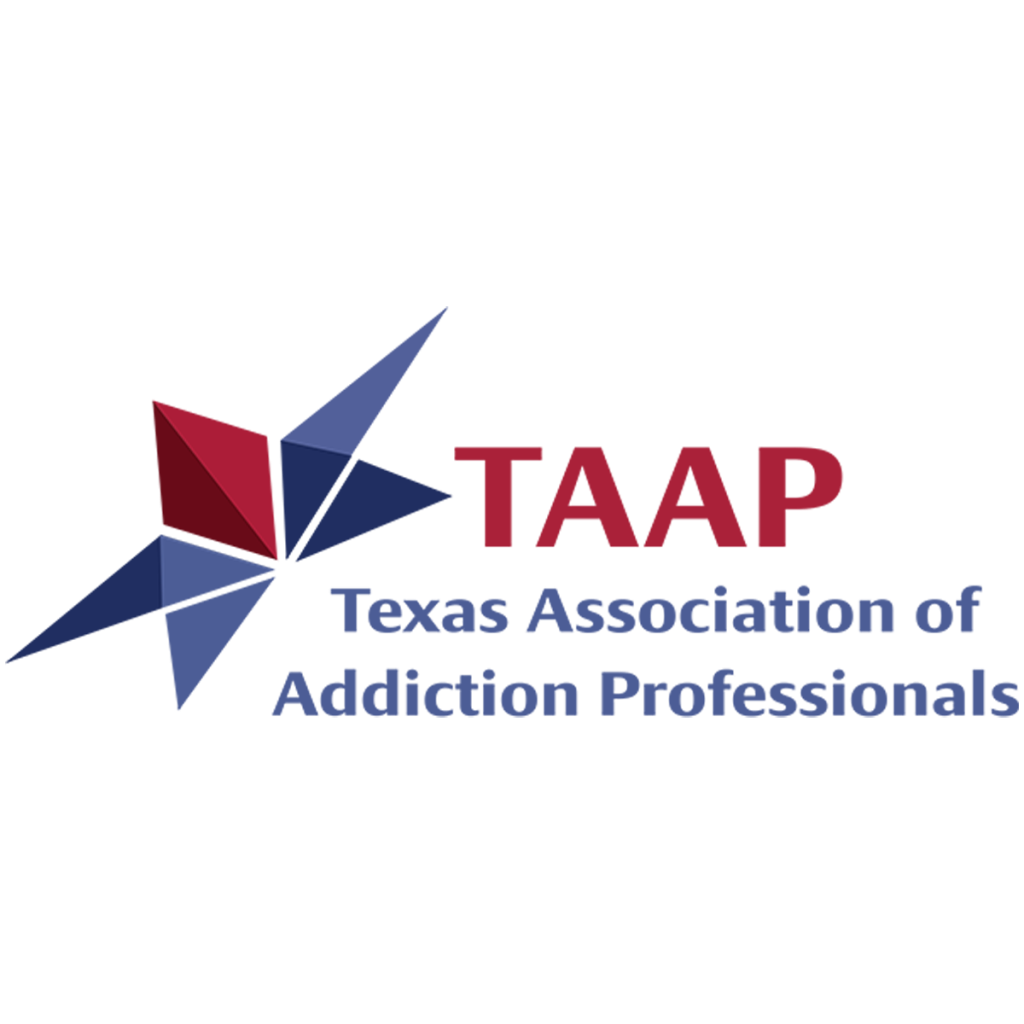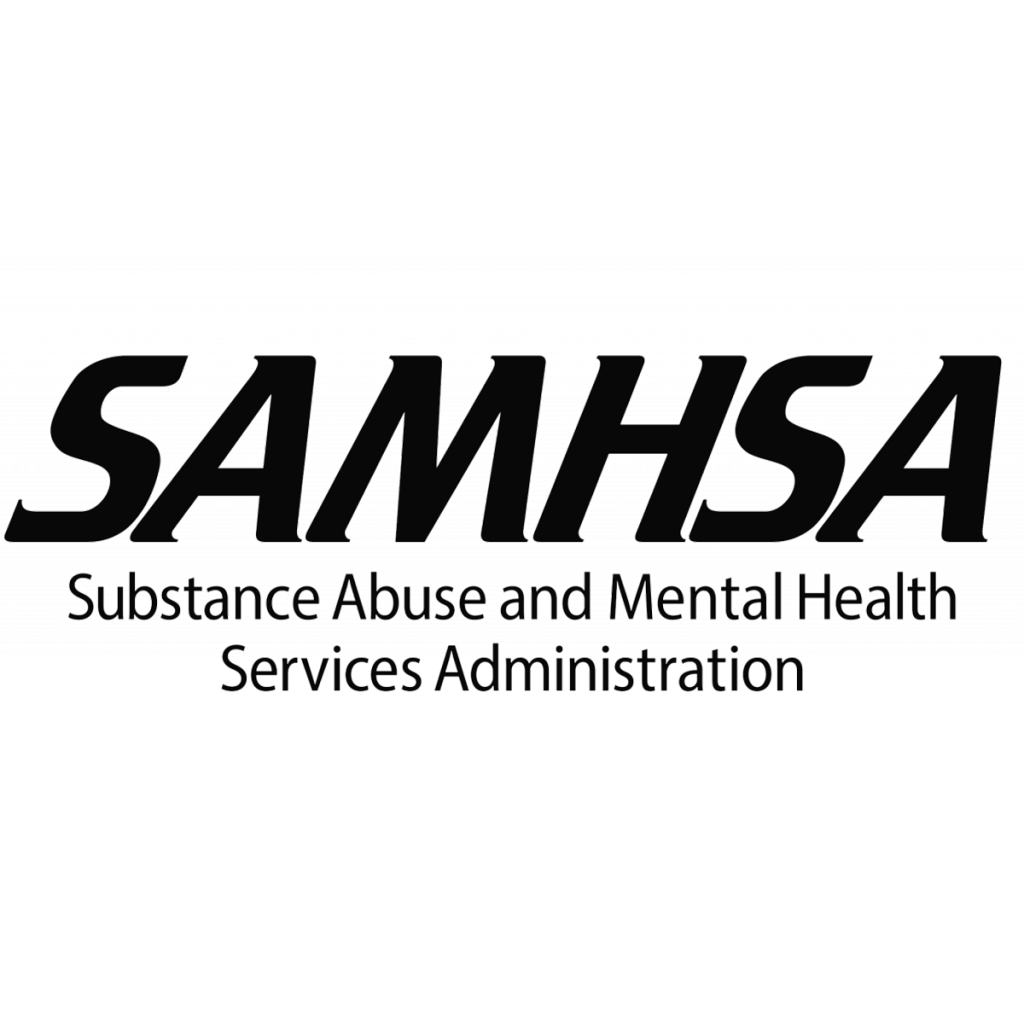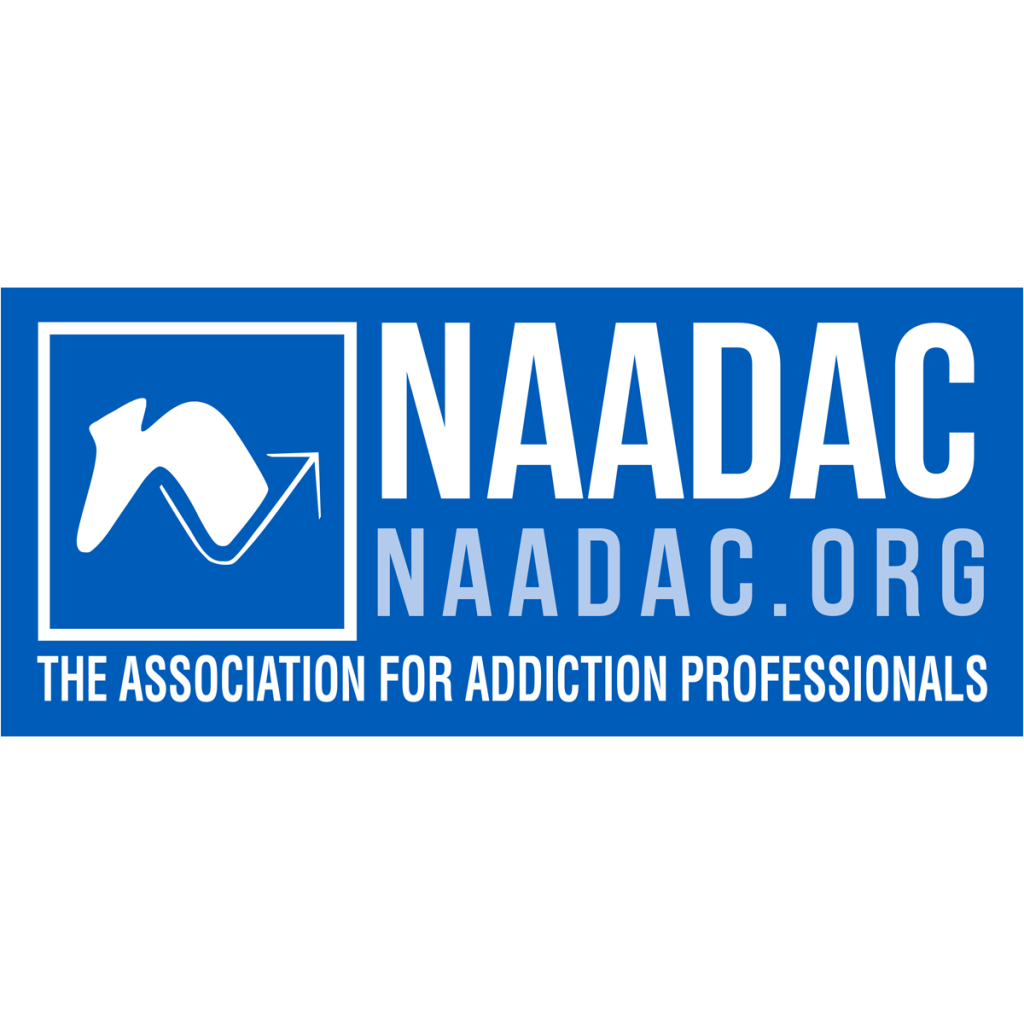Opioids
istAddiction from Opiods: Side Effects, Detox, Withdrawal, and Treatment
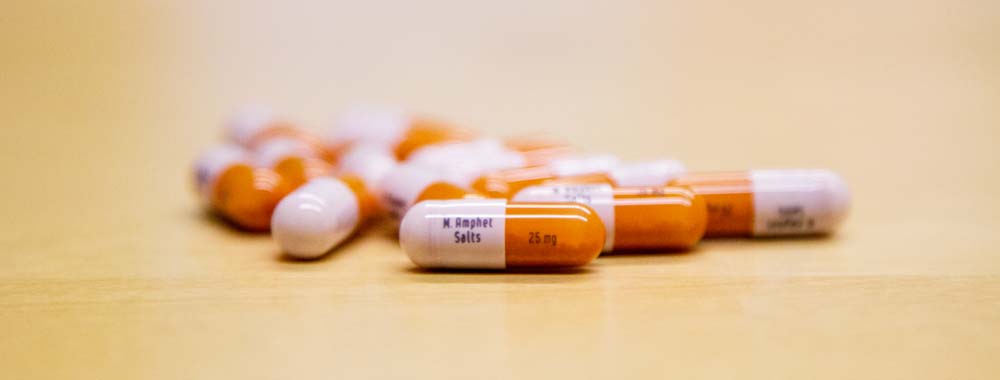
Table of contents
- What are Opioids?
- Are Opioids Addictive?
- Street Names for Opioids
- Examples of Opioids
- How Long Do Opioids Stay in Your System?
- Side Effects of Opioid Abuse
- Signs of Opioid Overdose
- Opioid Withdrawal Symptoms
- Opioid Withdrawal Timeline
- Signs of Opioid Abuse and Addiction
- How to Overcome Opioid Addiction
What are Opioids?
Opioids are a class of drugs that are naturally found in the opium poppy plant. They are chemically related and that interact with opioid receptors in the brain and body.1 Addiction from Opiods can be prescription medications (also known as painkillers or narcotics) or they may also be illegal substances like heroin.
Prescription opioids are used to treat moderate to severe pain. They work by blocking pain signals between the brain and the body and affecting the brain’s reward system. In doing so, they also produce feelings of euphoria, happiness, or relaxation, especially when they are taken in large doses. These feelings can be very addictive and may encourage the misuse of drugs.
Any misuse of opioid drugs can be dangerous and may cause dependence, addiction, or overdose. Misuse of prescription drugs is also strongly related to heroin abuse and addiction, although it is just one factor that influences the development of heroin addiction.
According to data from 2011, 4 to 6 percent of people who misuse prescription opioids switch to heroin. This is likely due to its lower cost and availability. However, more recent data suggests that heroin is the first opioid many people use. For example, one study found that about one-third of people receiving opioid addiction treatment stated heroin was the first opioid they abused regularly.2
Heroin is considered one of the world’s most dangerous opioids, but prescription opioid use also comes with many risks. Although prescription opioid drugs are effective when used as directed by a doctor, they are also highly addictive. Even if a person takes them as prescribed, he or she may develop opioid dependence or opioid addiction.
Statistics of Addiction from Opiods
In 2017, about 1.7 million Americans suffered from substance use disorders related to prescription opioid drugs and 652,000 were addicted to heroin.3 Data from the Centers for Disease Control and Prevention (CDC) also clearly displays the scope of America’s opioid addiction problem, with opioid overdoses killing more than 47,000 people in 2017. About 36 percent of those overdoses involved prescription opioids.4
The misuse of opioid drugs in the United States is a public health crisis. Below are some recent opioid addiction statistics.
- About 21 to 29 percent of people who are prescribed prescription opioids for chronic pain misuse them.5
- Between 8 and 12 percent of people who use prescription opioids for chronic pain develop an opioid use disorder.5
- About 80 percent of people who use heroin misused prescription opioids first.6
- Opioid overdoses in the Midwest increased 70 percent from July 2016 to September 2017. They also increased 30 percent in 52 areas in 45 different states.7
- Large cities in 16 U.S. states saw a 54 percent increase in opioid overdoses.7
Are Opioids Addictive?
Prescription opioids and illegal opioids are highly addictive. They bind to opioid receptors on cells throughout the brain and body, dulling a person’s perception of pain and affecting the brain’s reward system. As this occurs, the user experiences strong feelings of euphoria and relaxation, also referred to as a “high.” A person may use prescription opioids for pain relief, but once he or she begins taking them just to get high, he or she has developed an opioid use disorder.8
Heroin is extremely addictive because when it is injected or snorted, it enters the body and brain all at once and produces a powerful yet short high. The first high a person experiences is the most euphoric and subsequent heroin use is often an attempt to feel those same intense feelings. Users never experience it the same way again but continue to try because they are addicted.
Unlike heroin, prescription opioids are designed to produce a more gradual effect. However, some people take larger doses, more frequent doses, or crush the pills and snort or inject the powder because they want to experience more powerful effects. These are dangerous behaviors that can cause opioid dependence, overdose, or addiction.
In America, all opiate drugs are classified as controlled substances due to their risk of abuse and dependence. The only exception is if an opiate is currently being developed or is illegally manufactured and has a different chemical makeup than other recognized opiates. Most opioids are Schedule II drugs, although heroin is a Schedule I drug and several others are Schedule III, IV and V. You can see our full drug classifications charts here for more information.
Street Names for Opioids
Some common street names for opioids include:
- Captain Cody
- Cody
- Schoolboy
- Doors & Fours
- Pancakes & Syrup
- Loads
- M
- Miss Emma
- Monkey
- White Stuff
- Demmies
- Pain killer
- Apache
- China girl
- Dance fever
- Goodfella
- Murder 8
- Tango and Cash
- China white
- Friend
- Jackpot
- TNT
- Oxy 80
- Oxycat
- Hillbilly heroin
- Percs
- Perks
- Juice Dillies
Examples of Opioids
| Opioid Drug | Brand Names |
| Oxycodone |
|
| Hydrocodone-Acetaminophen | |
| Morphine |
|
| Hydromorphone |
|
| Fentanyl |
|
| Methadone |
|
| Oxymorphone Hydrochloride | |
| Meperidine |
|
|
|
| Carfentanil |
|
| Buprenorphine |
|
| Codeine |
|
How Long Do Opioids Stay in Your System?
Different factors will influence how long a drug stays in your system, including opioids. For example, an opioid may take hours or days to clear from your system depending on:
- The type of opioid drug you took
- How much of the drug you took
- Your weight
- Your metabolism
- How you administered the drug
- If you used any other drugs with the opioid
- Your age
- Any medical problems you have
- Your gender
- Your ethnicity
Opioid use is detectable via drug test, although the type of drug test used will influence how long an opioid is detectable in the body. Here are approximate drug test detection times for commonly used opioid drugs.9
- Codeine drug test detection times:
- Blood test: 1 day
- Urine test: 1-2 days
- Saliva test: 1-4 days
- Hair test: 90 days
- Hydrocodone drug test detection times:
- Blood test: 1 day
- Urine test: 2-4 days
- Saliva test: 12-36 hours
- Hair test: 90 days
- Heroin drug test detection times:
- Blood test: 6 hours
- Urine test: 2-7 days
- Saliva test: 5 hours
- Hair test: 90 days
- Morphine drug test detection times:
- Blood test: 12 hours
- Urine test: 2-3 days
- Saliva test: 4 days
- Hair test: 90 days
- Fentanyl drug test detection times:
- Blood test: 12 hours
- Urine test: 1 day
[sc name=”phoneinsurancecta”]
Side Effects of Opioid Abuse
Using opioids for medical purposes comes with some normal side effects such as slow breathing, constipation, drowsiness, nausea, and confusion. However, when opioids are misused, they can produce much more serious side effects like:
- Severe respiratory depression
- Slurred speech
- Disorientation
- Physical dependence
- Non-fatal or fatal overdose
- Addiction
Signs of Addiction from Opiods Overdose
Opioid overdose is common among users who take extremely large doses or who misuse opioids with other substances and it can result in the following symptoms:
- Pinpoint pupils
- Limp body
- Blue fingernails or lips
- Falling asleep or lack of consciousness
- Slow, shallow breathing
- Choking or gurgling sounds
- Pale, blue, or cold skin10
If you believe that a loved one is overdosing on opioid drugs, call 911 right away and administer naloxone, if it’s available.
Addiction from Opiods Withdrawal Symptoms
If you’re addicted to opioid drugs, you will experience withdrawal symptoms if you try to stop using them. Opioid withdrawal symptoms frequently include:
- Muscle and bone pain
- Insomnia
- Vomiting
- Diarrhea
- Cold flashes and goosebumps
- Restlessness
- Cravings for opioids11
Quitting opioids cold turkey can make these withdrawal symptoms worse and drug detox, in general, can be very difficult without professional support. A medical detox program for opiate withdrawal can provide professional management of withdrawal symptoms and clinical support for patients experiencing depression, anxiety, or other psychological effects of withdrawal and detox.
Addiction from Opiods Withdrawal Timeline
Opioid withdrawal symptoms are generally the most intense within 12 to 24 hours after the last dose wears off. The duration of opioid symptoms varies from person to person but they usually subside after about one week.12
Signs of Opioid Abuse and Addiction
It’s not always easy to tell if a loved one is abusing opioids, but signs of opioid abuse and addiction often include:
- Inability to control opioid use
- Uncontrollable cravings for opioids
- Extreme drowsiness
- Changes in sleeping habits
- Weight loss
- Frequent flu-like symptoms
- Lack of hygiene
- Decreased libido
- Isolation from loved ones
- New financial problems
- Stealing from loved ones and/or friends13
How to Overcome Addiction from Opiods
Many different treatment methods are effective in treating opioid addiction. The primary treatment for prescription opioid addiction is medication-assisted treatment (MAT), which consists of medication, individual and group counseling, peer support, and behavioral therapy.14 This type of treatment provides support through all aspects of recovery, including withdrawal and learning how to live independently after rehab.
According to the National Institute on Drug Abuse (NIDA), most people need at least 90 days to see positive, long-lasting results from addiction treatment, so long-term addiction treatment is ideal for those who are struggling with opioid addiction.15 This often includes several episodes of treatment, such as medical detox, residential rehab, IOP, and sober living.
If you or a loved one is struggling with opioid addiction, you are not alone and there is hope for a full recovery. The caring professionals at Nova Recovery Center are here to help. Call (512) 605-2955 to speak with an admissions representative today.
Nova Recovery Center offers a large range of substance abuse treatment services: detox, residential, outpatient and sober living.
Treatment Options
Treatment Locations
Call Us Now and Begin Healing at (512) 605-2955
Or text us and we will call you right back.
Not quite ready for a call? You can fill out the form below.
What Makes Us Different
- Gender-specific treatment
- Evidenced-based treatment
- 12-Step immersion
- 90-day residential treatment
- Family program
- Full continuum of care
- Insurance and private pay
100% Confidential Guarantee
Confidential Consultation
Nova Recovery Center is dedicated to helping you or your loved one get help. Please call or fill out this form for a confidential consultation.
One of our understanding, dedicated advisors will contact you about your options. Begin healing today.
Nova Recovery Center is dedicated to helping you or your loved one get help. Please call or fill out this form for a confidential consultation. One of our understanding, dedicated advisors will contact you about your options. Begin healing today.

